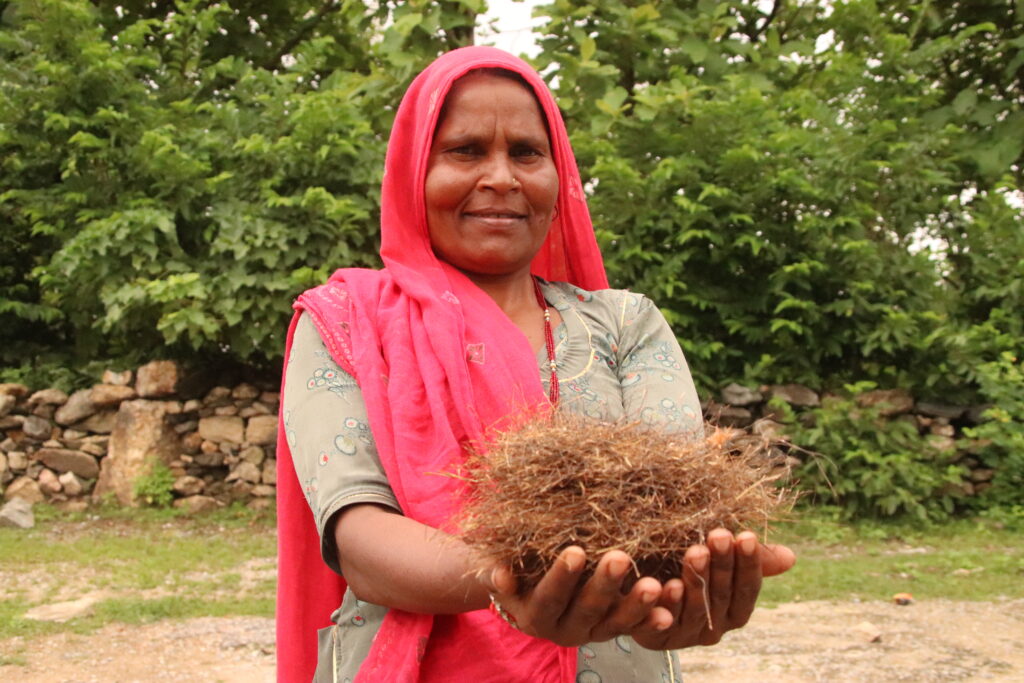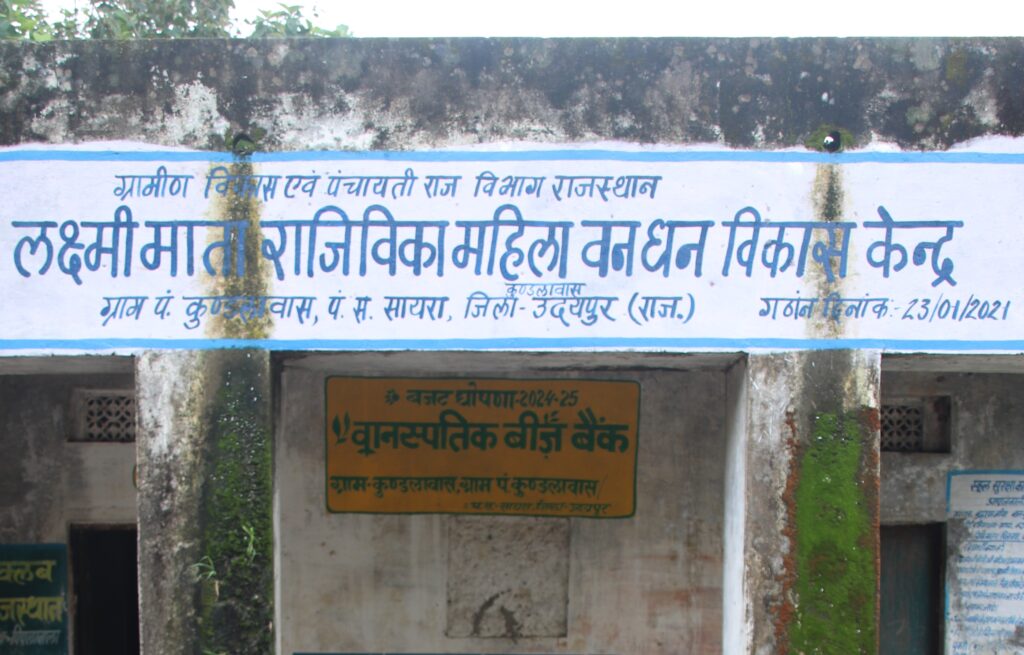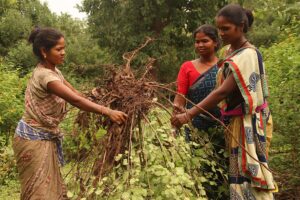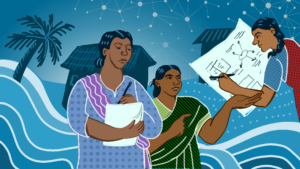[Readmelater]
In An Arid Pocket Of Rajasthan, Women Are Conserving Vanishing Grasslands
In a unique initiative, the women are harvesting and saving up grass seeds to ensure that their livelihoods as farmers is protected

Women of Kundavaas village have been conserving grass and tree seeds since 2021 to help revive degraded grasslands and forests / Aishwarya Mohanty
Support BehanBox
We believe everyone deserves equal access to accurate news. Support from our readers enables us to keep our journalism open and free for everyone, all over the world.






